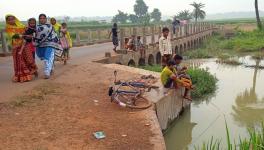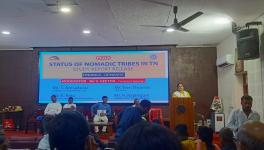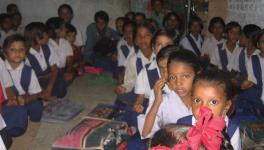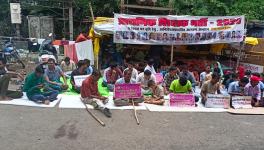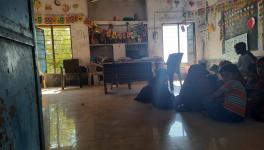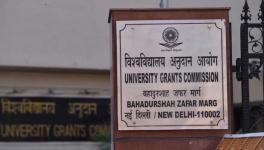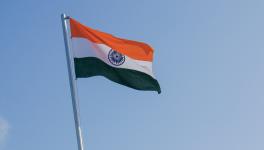India Faces Education Quality Decline, Alarming Literacy Trends: Study
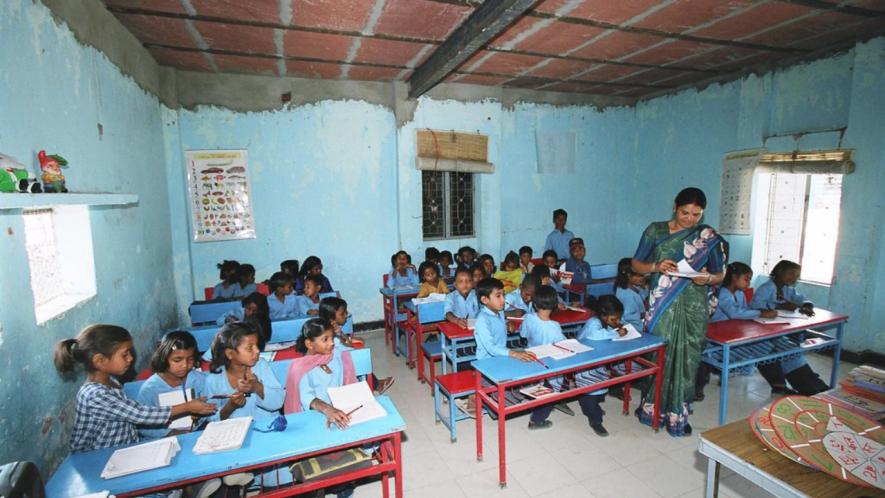
Representational image. | Image courtesy: Flickr
Delhi: Education quality has deteriorated in 56 of 87 developing countries since the 1960s, including India, according to a 2022 working paper by researchers at the Centre for Global Development, a think-tank based in Washington DC,
This decades-long decline has marked a profound concern for international organisations such as the World Bank and UNESCO, which termed it a "learning crisis" in these regions. Basic literacy and numeracy skills have become increasingly elusive for students.
For instance, Indian students, when assessed on international learning standards, score on average at about the 5th percentile (bottom 5%) compared to their counterparts in advanced economies, the study noted. This is an indication of the challenges plaguing India's education system.
One striking finding was that women in India who received five years of schooling during the 1960s exhibited better learning outcomes than those born in the 1990s. This suggested a potential decline in the quality of primary education, a disconcerting revelation from the study.
“Taken at face value, the estimates for India suggest the probability a woman with five years of schooling would become literate was nearly 100 percent for the 1960s birth cohorts, but had fallen to roughly 40 percent for the mid-1990s cohorts,” it said.
“Results from our age-period-cohort model of literacy rates reveal a picture of overall stagnation in education quality in the developing world, and fairly stable gaps in quality across countries. We find virtually no case worldwide of dramatic improvements in education quality over a fifty-year time horizon,” the study said.
However, on the brighter side, from the cohort born in the 1960’s to the cohort born in the 1990’s, women’s access to five or more years of schooling rose by 42 percentage points in South Asia.
The reserachers also found evidence of a significant decline in education quality for a few large developing countries, among which India figures.
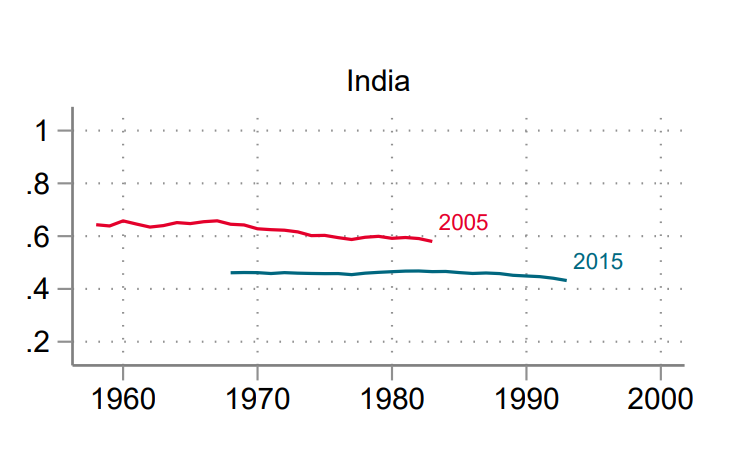
Graph: Literacy rates of women with four to six years of schooling in India. (Source: CGD)
As primary education quality declines, especially in developing nations like India, one might wonder how literacy rates are still increasing. The researchers say that these countries are making up for the drop in education quality by extending the number of years students spend in school.
“Literacy gains associated with increased schooling rates far outpaced the offsetting effect of declining quality, i.e., literacy conditional on schooling,” it stated.
“From a policy perspective, the fact that most developing countries with high (unconditional) literacy rates achieved them primarily by increasing average years of schooling rather than school quality may be instructive for lagging countries. Expanding access to schooling has produced remarkable gains in overall literacy, while not much else has,” the study added.
Age effects on literacy tend to be either flat or declining for a subset of countries – especially India, Bangladesh, and Ethiopia. Due to this, “rather than acquiring human capital in the form of literacy over their life cycle, women tend to lose it through a process of decay during their adult lifetimes,” the study mentioned.
“As we control for cohort fixed effects and age and age squared, the gap in literacy for women or men born the same year but interviewed at different dates is entirely attributed to age effects. Estimates age effects are relatively large with women expected to lose 25 percentage points of literacy between age 20 and 40 and men 20 percentage points. Since predictions of literacy at grade 5 are estimated for individuals at age 20, the model predicts that a steep downward trend in school quality between the first and the last cohorts,” it said,
It further added that analysis of raw data from the two national surveys considered for India shows that there is a drop of literacy of more than 10 percentage points between data collected in 2005/06 and data collected in 2015/16 for women born the same year
The study on three main indicators to document changes in educational outcomes: share of birth cohort accessing grade five, as well as the literacy rate and average education quality, which indicates the estimated literacy for an adult with five years of schooling.
Get the latest reports & analysis with people's perspective on Protests, movements & deep analytical videos, discussions of the current affairs in your Telegram app. Subscribe to NewsClick's Telegram channel & get Real-Time updates on stories, as they get published on our website.









